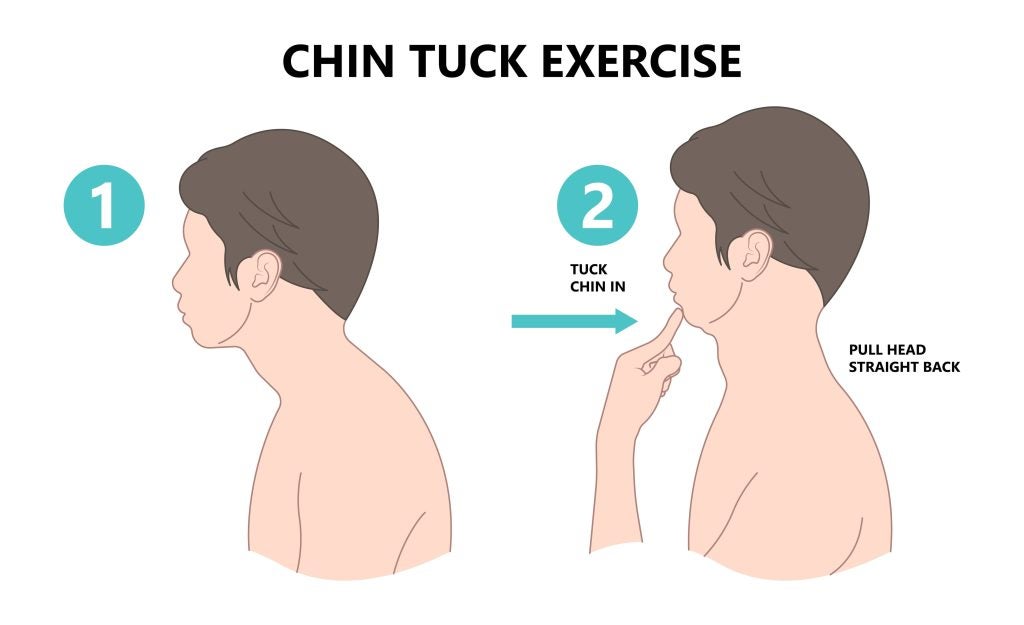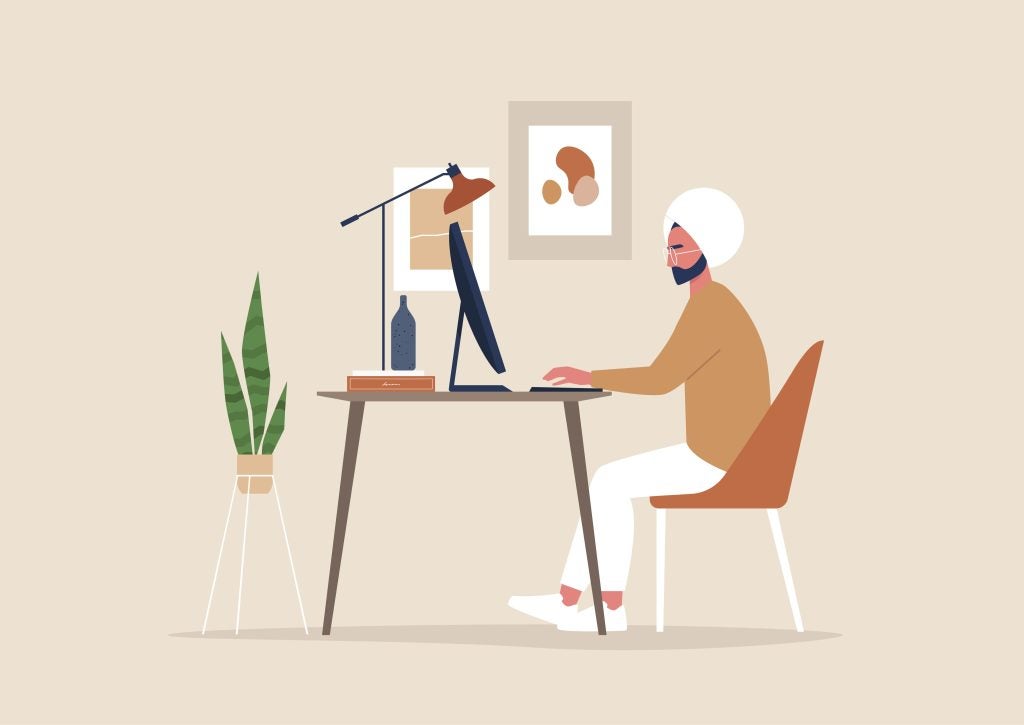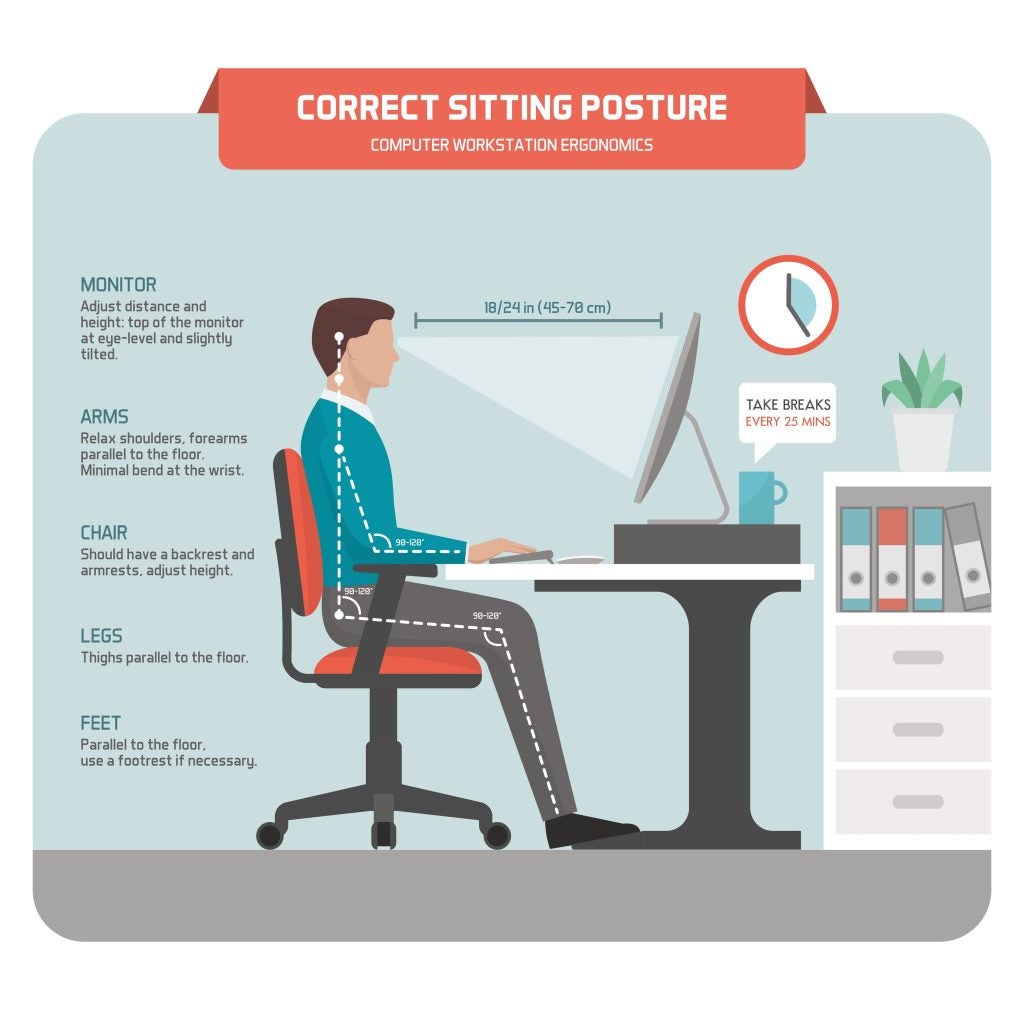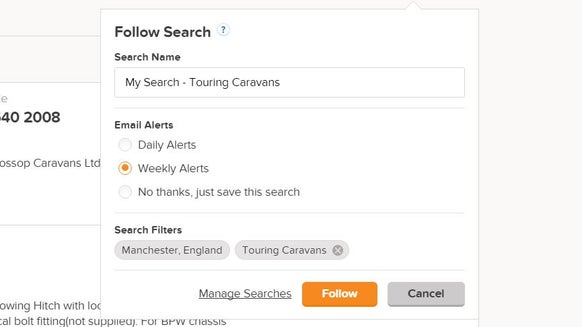How to Stay Active at your Desk Job

For those of us with desk jobs, staying active during the workday can be challenging. Spending hours seated can lead to aches, tension, and more serious health issues. Research shows that prolonged sitting can increase the risk of high blood pressure, muscle stiffness, and mental fatigue. Fortunately, there are simple ways to stay active and feel more refreshed and energised.
In this blog, we’ll explore easy exercises, stretches, and tips you can incorporate into your daily routine to improve circulation, ease aches and pains, and reduce stress. A few small changes can make a big difference in how you feel and function.

Why Sitting All Day is Bad for Your Health
Sitting for long hours without breaks can be hard on the body. The human body isn’t designed to stay in one position for hours at a time, and a sedentary lifestyle can lead to physical and mental issues. Studies have linked prolonged sitting to increased risks of heart disease, obesity, and poor circulation. This can also strain the muscles in your lower back, shoulders, and neck.
According to MU Health Care physical therapist Olivia Rousseau, moving regularly is essential for circulation and overall health. Taking short, frequent breaks can help keep your blood flowing, boost energy, and lower the risk of developing long-term health problems. Let’s look at some ways to move without disrupting your workflow.
Easy Desk-Friendly Exercises to Boost Circulation
These quick desk exercises will get your blood flowing and reduce muscle tension:
Heel Raises: Sitting or standing, raise your heels off the ground and hold briefly before lowering. This activates your calves and improves circulation. Glute Squeezes: Squeeze your glute muscles for a few seconds and release. It’s subtle but effective for blood flow. Shoulder Blade Squeezes: Draw your shoulder blades together and hold for a few seconds to relieve neck and shoulder tension. Sit-to-Stand Exercises: Stand up from your chair and sit back down without using your hands. This strengthens your legs and engages your core.
Try setting a timer to remind yourself to do one of these exercises every 30 minutes. They’re quick and easy, so they won’t disrupt your day!
Stretching Techniques for Desk Workers
Stretching is essential for relieving tension from sitting. Here are some stretches you can do right at your desk:
Chest Stretch: Sit forward and extend your arms to the side with thumbs pointing up. Open your chest and gently squeeze your shoulder blades together. Hold for 20 seconds and repeat three times. Leg Stretch: Stand and hold onto your desk for balance. Raise one foot toward your buttock, holding it with your hand. This stretches the front thigh muscles. Hold for 20 seconds, repeat three times, and switch legs. Sit Stretch: Perch on your chair’s edge and extend one leg forward, heel on the floor, toes up. Lean slightly forward to feel a stretch along the back of your leg. Hold for 20 seconds, repeat three times, then switch legs.
These stretches can help improve flexibility, prevent stiffness, and offer a quick mental refresh during the day.
The Benefits of Short Movement Breaks
Regular breaks, even just for a minute or two, can have significant benefits for your body and mind. Moving frequently can help relieve stress, improve circulation, and combat the drop in energy that often comes with long periods of sitting.
Short breaks can also boost productivity. Studies show that taking mini-breaks to stand or move around helps you return to work with renewed focus. Try integrating movement into your day, like standing during phone calls or taking a quick walk between tasks.
Incorporate Structured Exercise to Manage Stress
In addition to desk exercises, incorporating structured workouts into your routine can help manage stress and improve mental well-being. Exercise like brisk walking, yoga, or weight training can reduce symptoms of anxiety and depression while keeping you physically fit.
To make time for these, consider taking a short walk on your lunch break or doing a yoga session after work. Even just 20–30 minutes of activity can make a noticeable difference in how you feel.
Perfect Posture: Myth or Reality?
We often hear about maintaining “perfect” posture at a desk, but experts say there isn’t one ideal posture. Holding any single position too long can cause discomfort, so the key is to keep changing positions.
Your best posture is actually your next posture. Try alternating between sitting and standing or shifting how you sit. And if possible, switch between a sitting and standing desk setup to avoid staying in one position for extended periods. Staying mobile will prevent stiffness and reduce aches.

Small, Practical Exercises to Do Anywhere
These simple exercises don’t need much space and can help ease physical and mental tension:
Wall Press: Stand facing a wall with hands at shoulder height. Step back slightly and bend your elbows to lean toward the wall, then push back to the start. This works your upper body; do three sets of ten. Chin Tucks and Neck Rolls: To relieve neck tension, gently tuck your chin down and hold, then roll your neck slowly from side to side.
Adding these moves throughout the day can help you stay flexible and energised.
The Importance of Consistency and Building Habits
Staying active doesn’t require a complete lifestyle overhaul—small, regular movements can add up over time. Setting reminders to move every hour and making these exercises a daily habit can help you stay consistent.
Focus on building small, sustainable habits, like stretching each morning or doing a short walk in the afternoon. Over time, these routines will become second nature and can significantly improve your health and well-being.
Conclusion
Incorporating movement into your day doesn’t have to be complicated. Simple exercises, stretches, and short breaks can help reduce stress, improve circulation, and keep your body and mind engaged. Whether it’s a quick stretch or a walk, every small step helps. Remember, the goal isn’t to achieve perfect posture but to keep moving.
So, start with one or two activities from this guide, build on them, and enjoy the positive effects of staying active—even while sitting at your desk.














